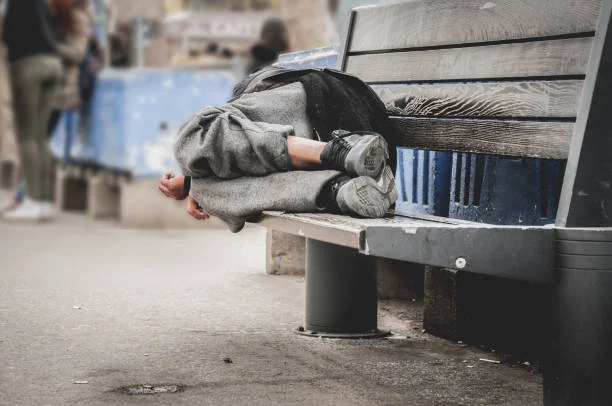In 1964, a horrific crime occurred that would forever change the way psychologists understand human behavior in emergencies. Kitty Genovese, a young woman living in Queens, New York, was attacked outside her apartment while reportedly dozens of people heard her cries for help—but no one intervened. This tragic event gave rise to the term bystander effect, a psychological phenomenon where individuals are less likely to help someone in distress when others are present. The assumption? Someone else will step in.
While later investigations questioned the exact number of witnesses, the fundamental truth remains: the bystander effect is real. And it doesn’t just apply to violent crimes—it happens in everyday life, from ignoring a fallen cyclist to assuming someone else will check on a struggling stranger.
But what if we could break this cycle? What if we could train ourselves to resist the bystander effect and become the kind of people who step up, rather than assume someone else will?
Why the Bystander Effect Happens
The bystander effect isn’t about people being cruel or heartless—it’s about psychology. Here’s why it happens:
- Diffusion of Responsibility – The more people around, the less personal responsibility we feel. We assume someone else will act.
- Social Influence – We look to others for cues. If no one else is reacting, we assume the situation isn’t serious.
- Fear of Mistakes – We worry we might misinterpret the situation, overreact, or embarrass ourselves.
But understanding this can help us overcome it.
How to Overcome the Bystander Effect in Everyday Life
The best way to combat the bystander effect is to make helping second nature. Many assume stepping up means performing heroic acts—but it can start with small, simple things.
1. Train Yourself to Be Aware
One of the biggest reasons people don’t help is that they don’t even notice when someone needs it. Paying attention to your surroundings, looking for people who may need assistance, and trusting your instincts can go a long way.
2. If You’re Unsure, Just Ask
You don’t have to charge in blindly—sometimes, a simple “Hey, are you okay?” is enough. Asking someone if they need help breaks the silence and can encourage others to step in as well.
3. Carry Small Essentials to Help Others
For me personally, I like to carry a few small items that could be useful to someone in need:
- Band-aids for minor cuts and blisters
- Gum (because you never know when someone needs a refresh)
- Tampons for emergencies (because, let’s be honest, someone will always need one)
- Loose change in case someone needs bus fare or a vending machine snack
- Cough drops for a struggling throat in a quiet space
These may seem like minor things, but they can be lifesavers in the right moment.
4. Lead by Example
When you step in, you make it easier for others to do the same. By offering help, you signal to those around you that it’s okay to get involved. Helping is contagious—sometimes, all it takes is one person to break the bystander effect for everyone.
5. Know When to Call for Help
If a situation is beyond what you can handle, don’t hesitate to call emergency services. Sometimes, being a good Samaritan means recognizing when professionals need to step in.
Being a Better Person Starts Small
The story of Kitty Genovese is heartbreaking, but it’s also a lesson in how we can do better. Understanding the bystander effect doesn’t just make us more aware—it empowers us to take action, even in the smallest ways. Whether it’s helping someone carry groceries, offering a band-aid, or simply acknowledging someone in distress, these small acts of kindness break the cycle of inaction.
So next time you catch yourself assuming someone else will help, stop and ask yourself: Why not me?
Because sometimes, one small action is all it takes to make a difference.

Leave a Reply
You must be logged in to post a comment.